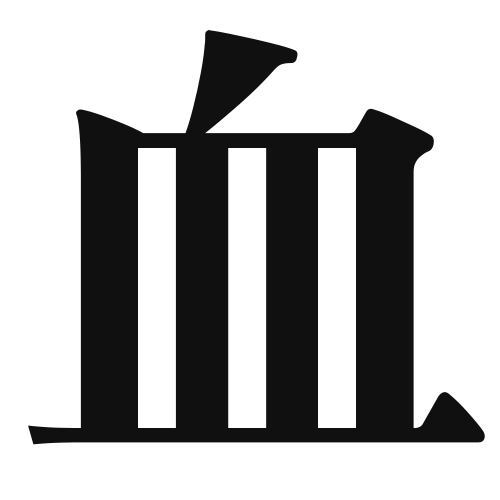1. Overview of Meaning
The kanji “血” (pronounced “chi” in Japanese) means “blood.” It represents the vital fluid that circulates in the bodies of living organisms, playing a crucial role in sustaining life.
2. Formation and Radical
Formation of the Kanji: The kanji “血” is a pictogram, originally depicting the concept of blood. It visually represents the essence of life and vitality.
Radical: The radical for “血” is also “血,” which is used in other kanji related to blood and life force.
3. Examples of Usage
Common Words and Phrases:
- 血液 (ketsueki) – blood
- 出血 (shukketsu) – bleeding
- 血圧 (ketsuatsu) – blood pressure
Example Sentences in Daily Conversation:
- 彼は血液検査を受ける必要があります。 (Kare wa ketsueki kensa o ukeru hitsuyō ga arimasu.) – He needs to have a blood test.
- 出血が止まりません。 (Shukketsu ga tomarimasen.) – The bleeding won’t stop.
4. Synonyms and Antonyms
Similar Kanji:
- 液 (eki) – liquid; refers to any fluid, not specifically blood.
- 脈 (myaku) – pulse; relates to the flow of blood but focuses on the heartbeat.
Antonyms:
- 死 (shi) – death; represents the opposite of life, which blood symbolizes.
5. Cultural and Historical Background
Relation to Japanese Culture: In Japanese culture, blood is often associated with life force and vitality. It plays a significant role in traditional beliefs and practices.
Proverbs and Idioms:
- 血は水よりも濃い (Chi wa mizu yori mo koi) – “Blood is thicker than water,” meaning family bonds are stronger than other relationships.
